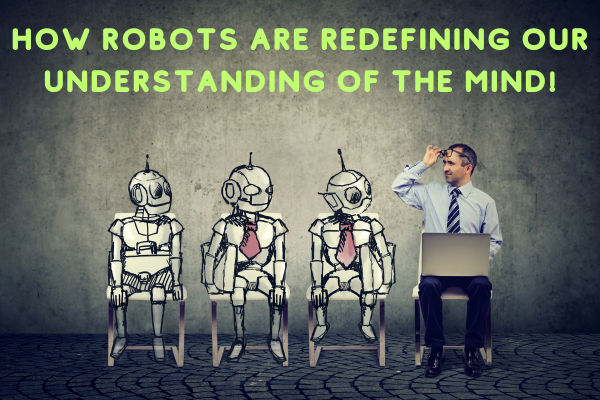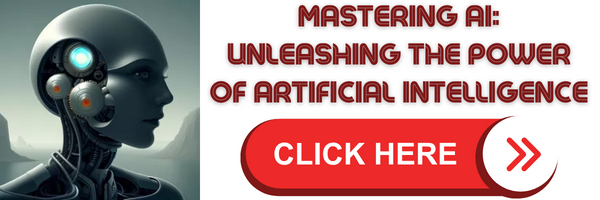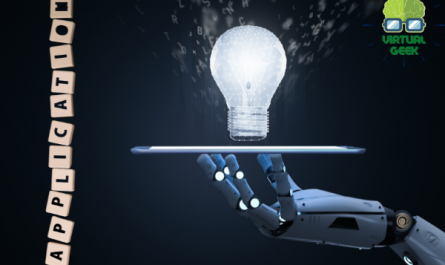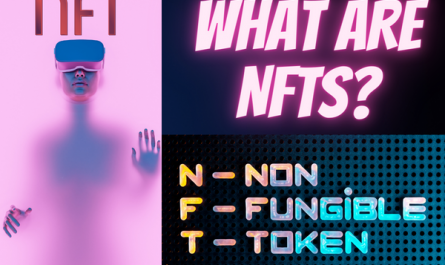Robotics has played an increasingly significant role in the study of the functional architecture of the brain. It has become a valuable experimental tool that enables researchers to develop and test computational models based on animal behavior. Models that explore layered control systems, the probabilistic and dynamic nature of the brain, and those grounded in the principle of free energy, are particularly noteworthy.

Table of Contents
Probabilistic and Dynamic Models in Neurorobotics
Probabilistic and dynamic models are essential in understanding brain architecture. The former focus on prediction and adaptability, using information from the environment to make decisions. Dynamic models, on the other hand, focus on how the brain changes and adapts over time in response to experiences and stimuli.
By simulating these models in robotics, scientists can practically observe how these processes might function in a biological brain. For instance, robots can be programmed to learn and adapt to their environment in the same way the brain is believed to do, providing a valuable testing ground for theories about brain adaptability and prediction.
The Free Energy Principle and Robotics
The free energy principle suggests that the brain is constantly optimizing its understanding of the world by minimizing surprise or uncertainty. This principle has been used to inform the design of robotic systems that can learn and adapt to new environments in the same way biological systems are expected to.
These robots can be programmed to interact with their environment in a way that minimizes free energy, allowing us to explore how biological systems might operate under the same principle. Additionally, these systems can provide empirical testing of free energy theories, by allowing researchers to observe whether robots operating under this principle exhibit behaviors comparable to biological systems.
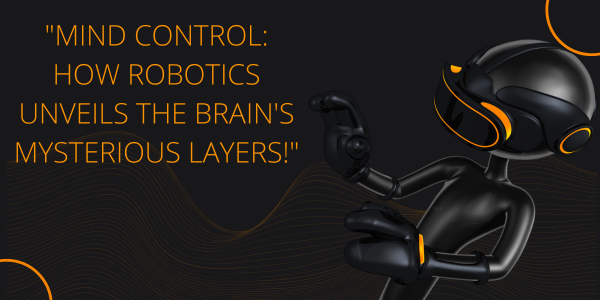
The Brain’s Layered Control System and Robotics
The brain is understood as a layered control system, where different parts of the brain handle different tasks and functions. Robots can be similarly designed, with layered systems handling tasks of varying complexity.
By modeling these layered control systems in robots, we can learn more about how these layers might interact in the brain. Furthermore, robots allow researchers to precisely adjust and control these systems, providing a deeper understanding of how each layer can affect the system’s overall behavior.
Towards Future Neurorobotic Models
The future of neurorobotics involves integrating multiple neurobiological constraints into models, meaning they should be of a hybrid nature. By considering a wider range of neurobiological factors, these hybrid models could provide a more accurate simulation of how the brain functions.
In summary, robotics offers an invaluable testing ground for understanding the functional architecture of the brain. As neurorobotic models continue to evolve and improve, we can expect to gain an increasingly deeper understanding of the complex systems underlying animal and human behavior.

